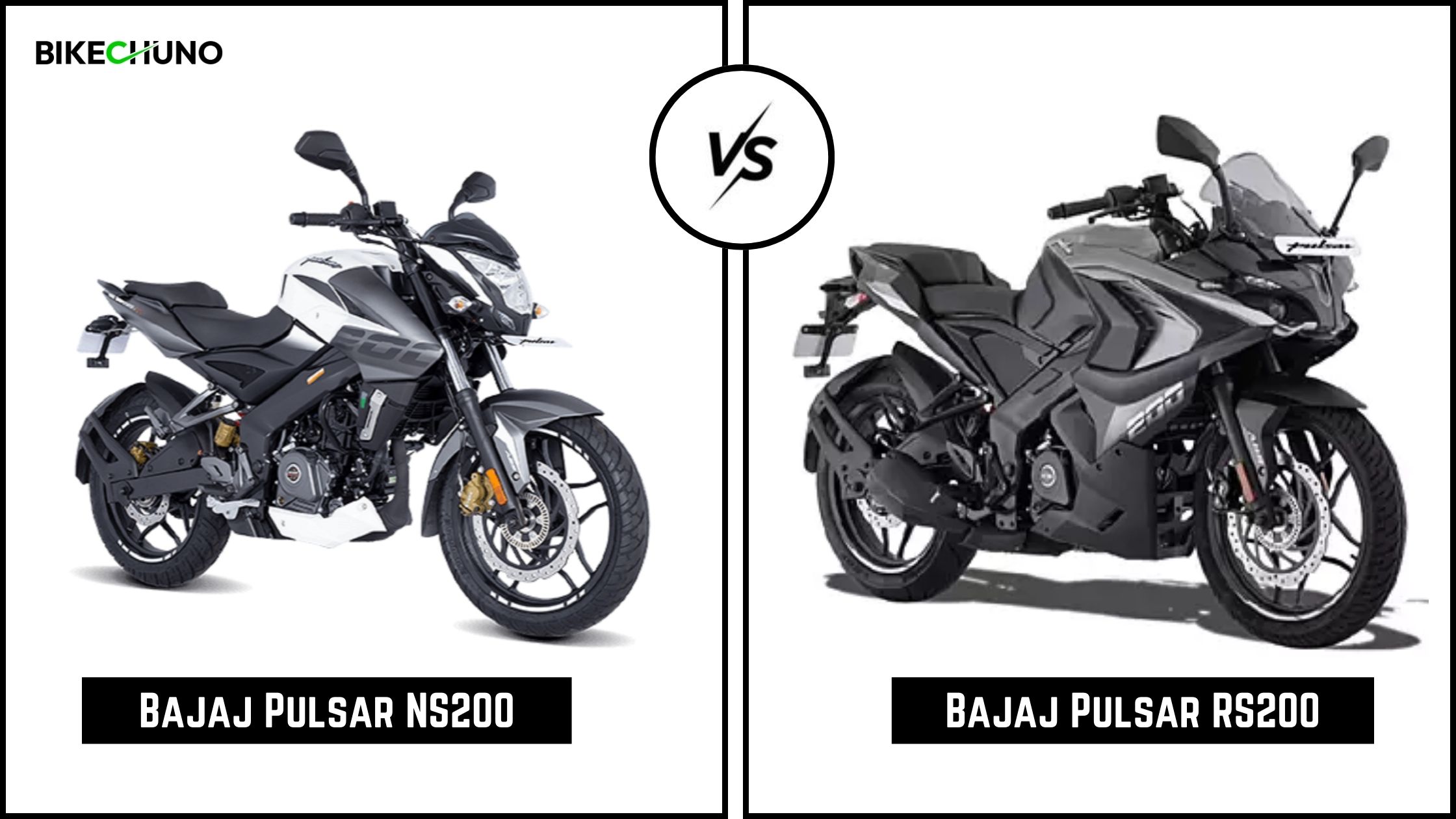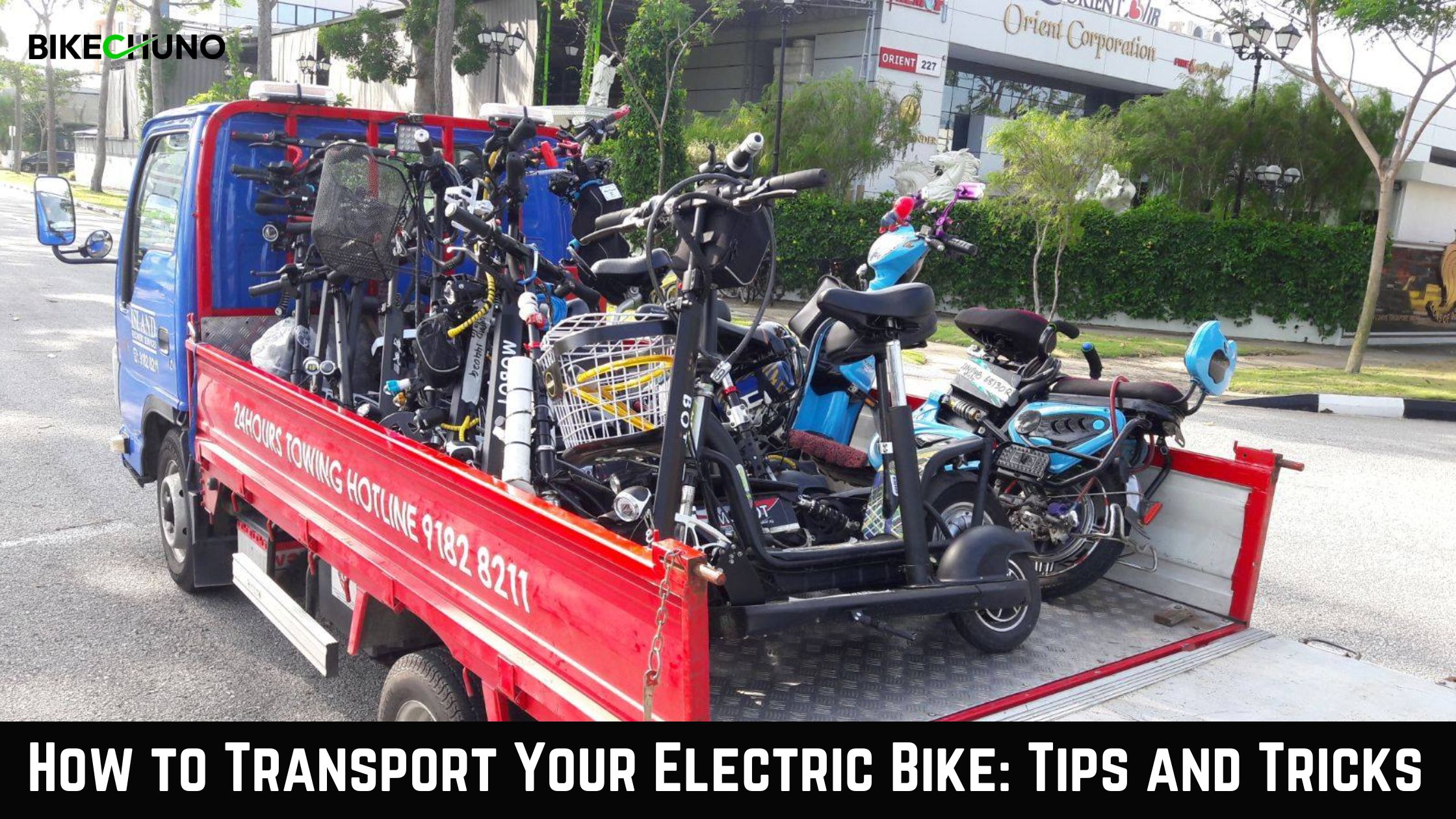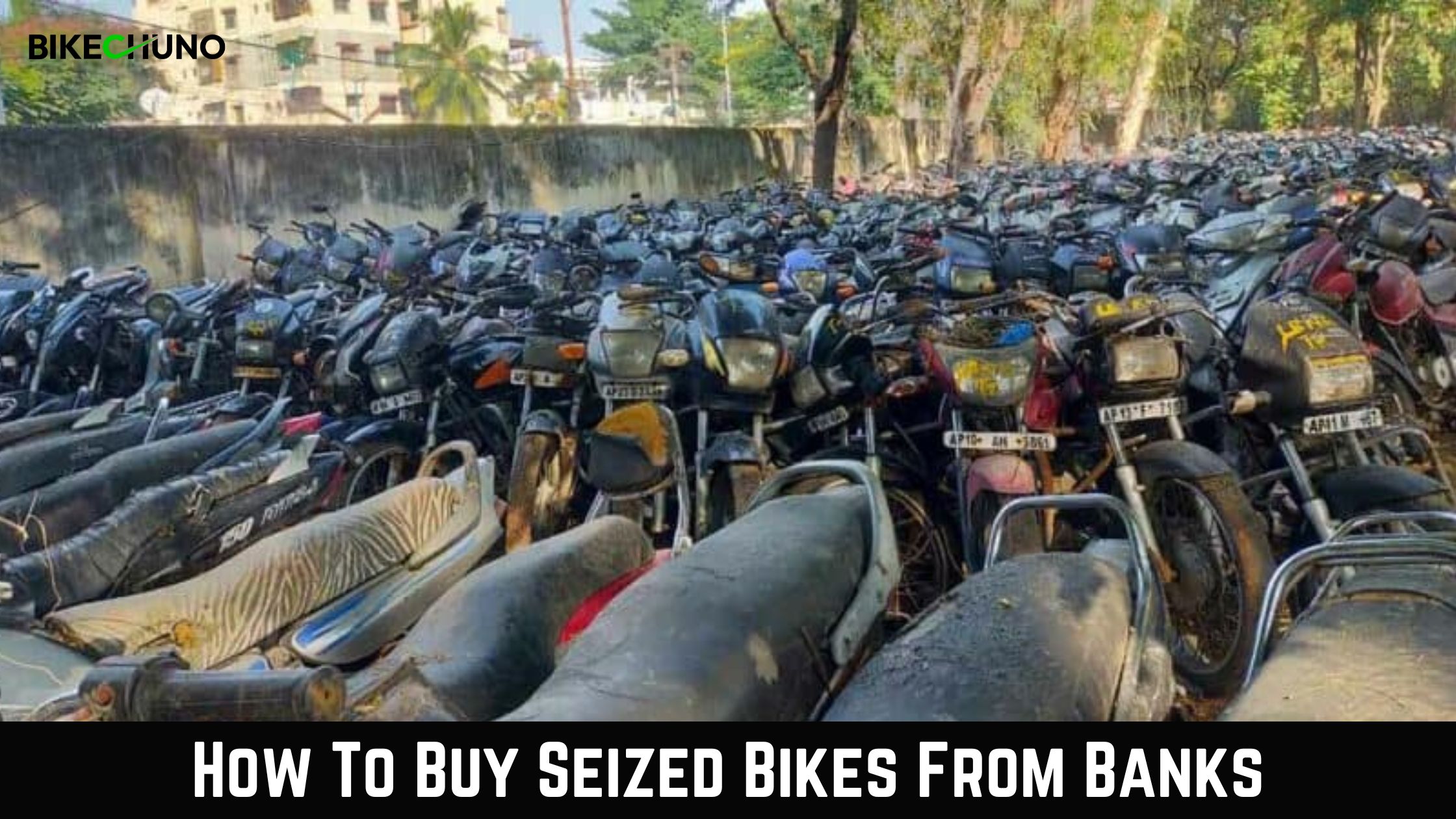
Most people have heard a tale or two about how hazardous motorbikes can be and the terrible accidents they can cause. Motorcycles are not dangerous vehicles; rather, hazards are raised by their lack of protection.
Acquiring basic crash prevention advice is crucial if you plan to ride a motorbike. Motorcyclists are more at risk since other cars have trouble seeing them. Here is a list of essential advice for preventing motorcycle accidents that every rider should consider.
A. Being Aware Of Your Environment
1. Take A Motorbike Safety Course
No matter your experience level, enrolling in a safety course can be beneficial. These classes show you how to avoid accidents, crash safety, and handle the fallout. Governmental organizations or motorcycle safety organizations can be found in many nations. To find one nearby, search online.
2. Act As If No Car Can See You
Because of a blind spot or lack of concentration, many drivers have problems recognizing motorbikes on the road. Always remember that the car’s driver can’t see you while you’re driving close to one. For instance,
- Ride in front of or behind vehicles to avoid potential blind zones.
- Assume a car backing up won’t notice you in time to stop. After they’ve finished, go your way.
- Give an automobile room if it attempts to enter your lane. They will run you over if they can’t see you.
3. Be Aware Of Other Vehicles’ Wheels
Look at a car’s wheels to determine where it will turn. Where they want to go next will be indicated by the wheel angle. You can prevent many mishaps by using this information.
- For instance, you’ll know vehicles trying to turn left directly in front of you.
- If a car changes lanes at an intersection, the rider can observe it.
- If you see it back up, you can predict where the vehicle will go.
4. Keep An Eye Out For Any Roadblocks
Cars, rocks, and other rubbish are examples of this. You can avoid anything you notice on the road by keeping an eye out for it. For instance, if traveling on a narrow country road, watch for vehicles parked in your lane. Other hazardous road debris can be found in the following areas.
- Gravel clumps.
- Water puddles.
- Road with oil.
- Massive branches in the street.
5. Regularly Check Your Mirrors
Check your mirrors to know what’s going on behind you. It may be tempting to always keep your eyes on the road in front of you. But it’s to your advantage to know what’s happening behind you. For instance,
- A speeding car may suddenly pass you in the back and scare you.
- If you don’t pay attention, a car behind you may switch on its indicator, warning you that it may merge.
B. Preventing Common Errors
1. Crossroads With Left-Turning Traffic Should Be Avoided
At intersections, cars turning left on top of motorcycles collide with them. In a nutshell, this is the typical motorcycle-versus-car incident. To prevent being struck, pay attention to oncoming vehicles’ blinkers and give them plenty of space to turn.
2. When Stopping, Place Your Hands Over Your Brakes
Intersections are the scene of many motorbike accidents. Therefore, when coming to a stop, you must brake quickly. Place your hands over the front and rear brakes as you stop to speed up your reaction.
3. Avoid Being Rear-Ended At Stop Signs
A motorbike parked at a stoplight is often missed by passing vehicles. Pull in front of the car to form a barrier between you and approaching traffic to prevent striking. As you pass the car, wave at them amiably. Other approaches to intersection stopping include:
- Stopping between traffic lanes to avoid vehicle strikes.
- Giving you a way out by stopping at the side of the road.
4. Avoid Riding In Between Moving Vehicles In Traffic
What appears like a time-saving convenience is a tragedy waiting to happen. This is crucial while traveling between a lane of moving traffic and a road of stopped traffic. Moving between these vehicles has some risks:
- An open car door blocks your way.
- Unexpectedly moving towards you when it merges onto another lane to avoid traffic.
- A driver stopped your path by joining in front of you.
5. Do Not Accelerate Through Tight Corners
You risk flying off the road if you turn too quickly. Ensure you do not drive too fast to make a wrong turn to avoid this happening. The less time you have to react to a quick curve, the more quickly you’ll move. Use visual indicators like lamp posts and phone polls to determine how severe a turn is.
- Don’t slam on the brakes or cut the throttle in this situation. Instead, ride it out by leaning into the bend.
6. Avoid Drinking And Driving
Alcohol is a factor in half of motorbike accidents in the US. Driving safely is the best way to prevent accidents, according to statistics. Never drink alcohol while operating a motorbike.
- If you’ve consumed too much alcohol, call a taxi or rideshare service to be safe. Returning your motorbike is better than being involved in a fatal collision.
7. Observe Any Speed Limits
It can be tempting to drive as quickly as possible. But you won’t be as attentive to the road if you go too quickly. For instance, if you’re moving too fast, you might not have enough time to swerve and escape a gravel patch. Additional risks include:
- Being too quick and not turning appropriately.
- Crashing into a vehicle, person, or creature.
- Hydroplaning when contacting a water body.
C. Riding Cautiously
1. Buy Protective Gear For Motorcycles
Find out where to find a motorcycle gear store in your area by searching online. When you go to the store, a staff member will help you select clothing that fits and complies with safety regulations. You can’t be sure your gear will keep you safe if you purchase or use it online. Wear your motorcycle safety gear at all times, especially your helmet. Safety equipment includes:
- Motorcycle headgear
- Boots for riding
- Gloves Leathers (safety-conscious leather attire)
- A body suit
2. Keep Your Motorbike In Advanced Condition
To ensure that all components operate properly, have your motorcycle inspected frequently. See a mechanic if your motorbike produces an odd noise or has problems steering. If you don’t, you might get into trouble. Other routine upkeep includes:
- Changing the tires frequently to prevent slipping and skidding
- Whenever the oil has to be changed
- If the tyres need to be rotated due to alignment issues
3. Learn To Brake
Whatever accident scenario they experience, many riders are unprepared. When you need to brake rapidly, the movements will come naturally if you practice them. Find a long, empty road or parking lot first. Practice accelerating and slowing down suddenly. Keep your steering straight and braking continuously when braking.
- Start at slow speeds and gradually raise them as you get more accustomed to braking. For instance, begin braking at 5 miles per hour and increase it to 10 miles per hour.
- Some claim that sliding your motorcycle across the ground is the best way to stop a bike. This is a risky, ineffective way to stop.
Conclusion
With enough practice and time, riding a motorbike helps us develop a natural comfort level with a particular motorcycling style. You might not always be ready to ride on specific roads or in a certain manner. But if you keep a positive attitude, you’ll eventually get there and achieve your accident-free goal. Riding the most comfortable commuter bike in India can enhance your riding experience substantially, making daily trips easier and more enjoyable.



